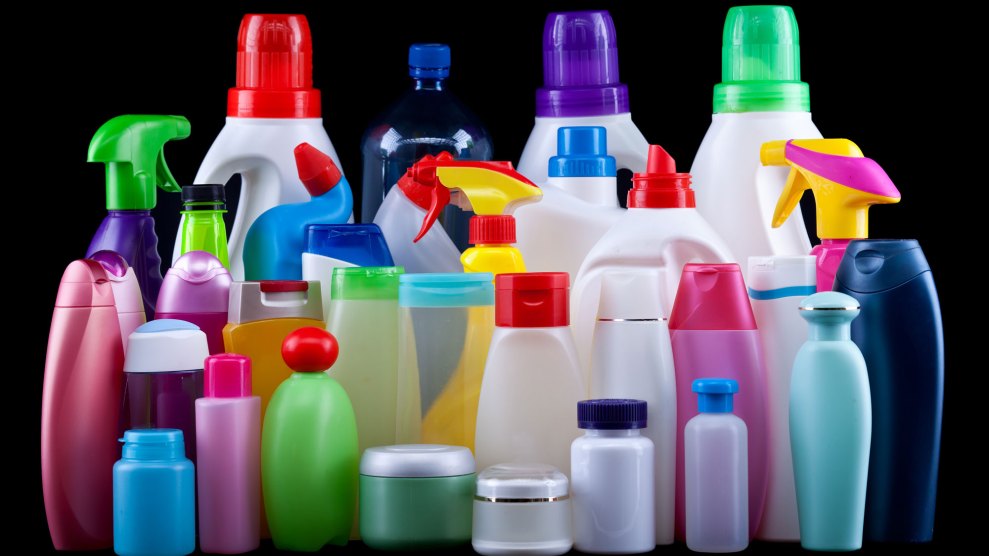
Certain packages of peanut butter, such as Jif's 4-pound container (not pictured), made the list. So did other popular snacks. NoDerog/iStock
Bisphenol A may very well be the Donald Trump of the chemical world: it’s divisive, no one can agree how much we can safely be exposed to, and it’s everywhere.
Frequently used in food packaging and plastics, BPA has been linked to reproductive toxicity, cancer, and other serious health disorders. The FDA says that the risk of exposure to BPA from packaged foods is low and does not compromise consumer safety. But several states have passed legislation banning its use in reusable food and drink containers, and manufacturers are no longer allowed to use BPA-based materials in baby bottles, sippy cups, and infant formula packaging nationwide. Despite years of attracting national headlines, the chemical’s prevalence in common food items and packaging was largely unknown—until now.
Last month, in response to California legislation passed in 2015, the Grocery Manufacturers Association created a database of food and beverage products with packaging that could expose consumers to the hormone-disrupting chemical. Ongoing studies have yet to determine just how much BPA each item might contain, but the sheer size of the list of products that could be affected is staggering: nearly 12,000 snacks, drinks, and alcoholic beverages are on it.
The Environmental Working Group, a research and advocacy organization, analyzed the food and beverage industry’s data and found an additional 4,000 products that may contain BPA.
Some manufacturers specified which product containers may contain BPA, others did not. Here are 10 common household snacks on the list:
- Cool Whip Topping, aerosol cans
- Hershey’s Special Dark Fudge Topping
- Jif Creamy and Crunchy Peanut Butter, 4-pound containers
- Mott’s Apple Sauce, containers with metal and plastic lids
- Nabisco Easy Cheese, spray can
- Pabst Blue Ribbon Lager
- Simply Tostitos Organic Chunky Salsa
- Smucker’s Natural Fruit Spread
- Starbucks Frappuccino Chilled Coffee
- Trader Joe’s Kosher Dill Pickles
Earlier this year, Campbell Soup Company announced its plan to phase out cans containing BPA by 2017, but the alternatives may not be any better. Meanwhile public and environmental health advocates continue to petition for nationwide legislation that establishes what level of BPA is safe for consumers to be exposed to and laws that would require BPA to be disclosed on product labels. A comprehensive searchable list of items whose packaging might expose consumers to BPA is available at the EWG website.
This article has been updated.















